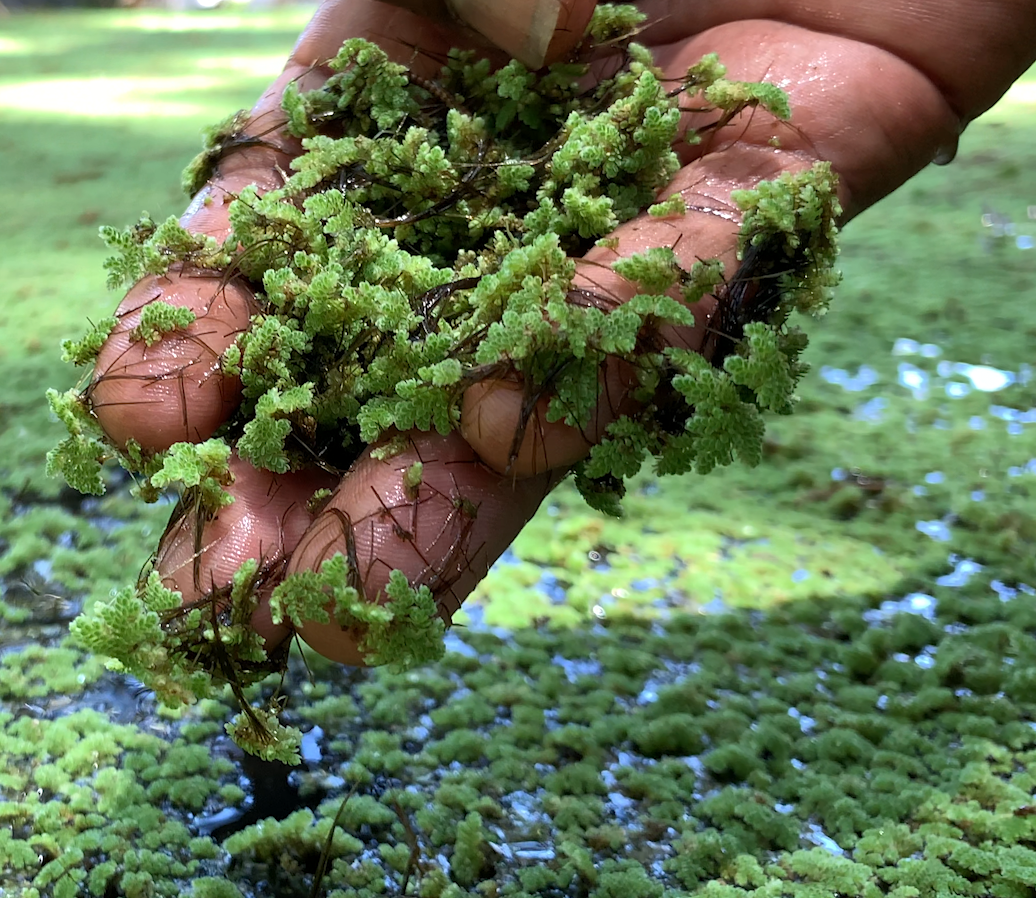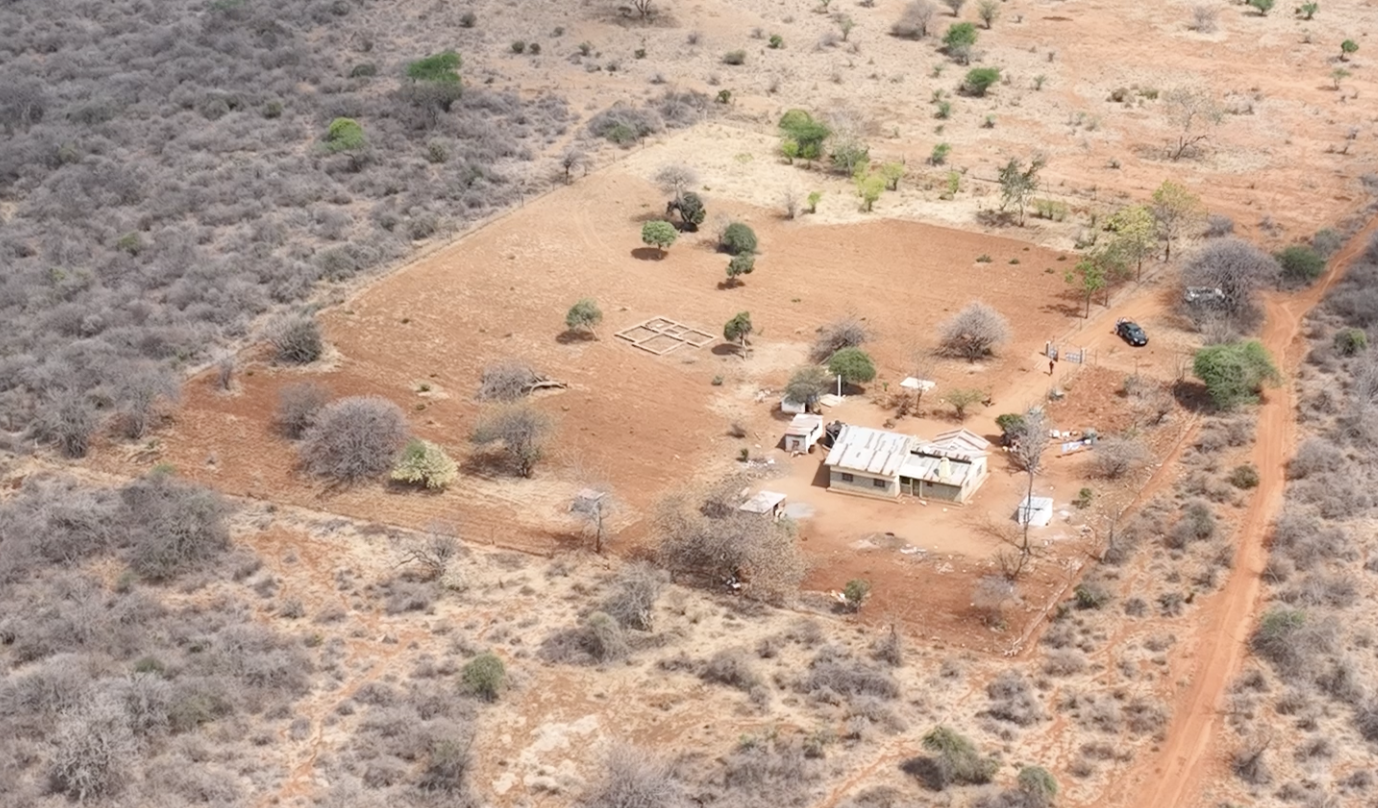
17th dynasty wooden sarcophagus discovered in southern Egypt

An Egyptian-Spanish archaeological mission has unearthed an ancient wooden sarcophagus in Egypt’s Luxor province, the Ministry of Tourism and Antiquities of Egypt said on Friday.
The discovery, which belongs to the 17th dynasty, dates back nearly 3,600 years.
“The coffin along with several funerary furniture were found near a mud-brick compartment in upper Egypt’s monument-rich city of Luxor,” said Mostafa Waziri, secretary-general of Egypt’s Supreme Council of Antiquities.
He highlighted that the 1.75 meter-long coffin is made of a single piece of sycamore tree and painted with white grout.
Inside the coffin, decorated in red, a nearly 16-year-old girl was laid on her left side in poor condition of preservation, Waziri said.
The mission also found four necklaces, ranging from 62-74 cm long on the mummy’s chest. They are made of green and glass beads, some in the form of the God of Horus.
On the other side of the sarcophagus, a small coffin made of mud was unveiled. It contained four wooden statues wrapped in linen sheets and engraved with the name of Osiris, he added.
The mission also discovered a burial with a pair of red leather shoes, leather balls tied together with strings, a pair of cats, and roses in good conditions, Waziri said, adding that “all these findings belong to a woman who was practicing some sports or dancing.






